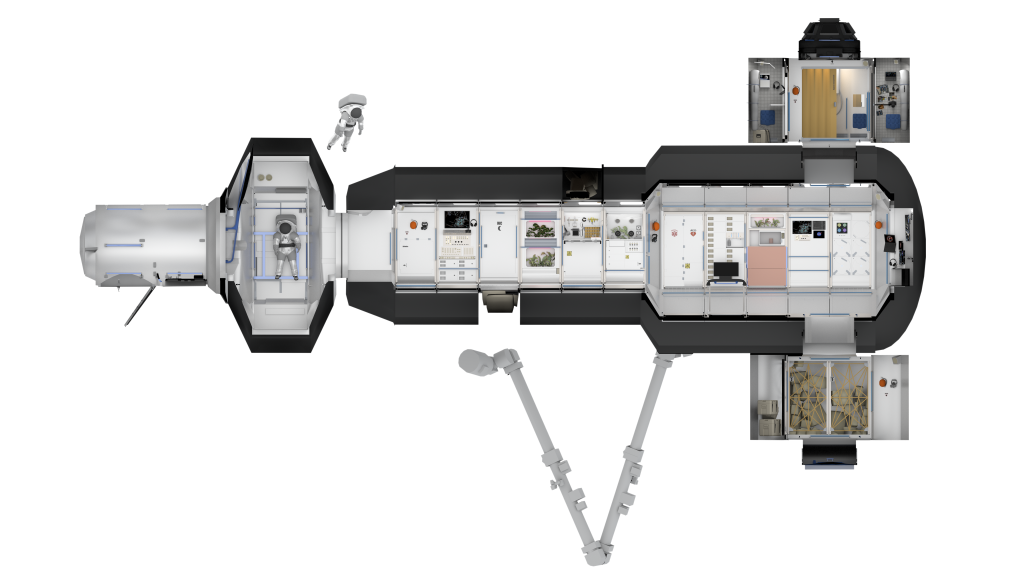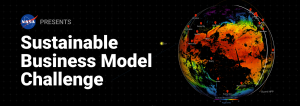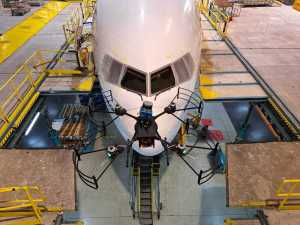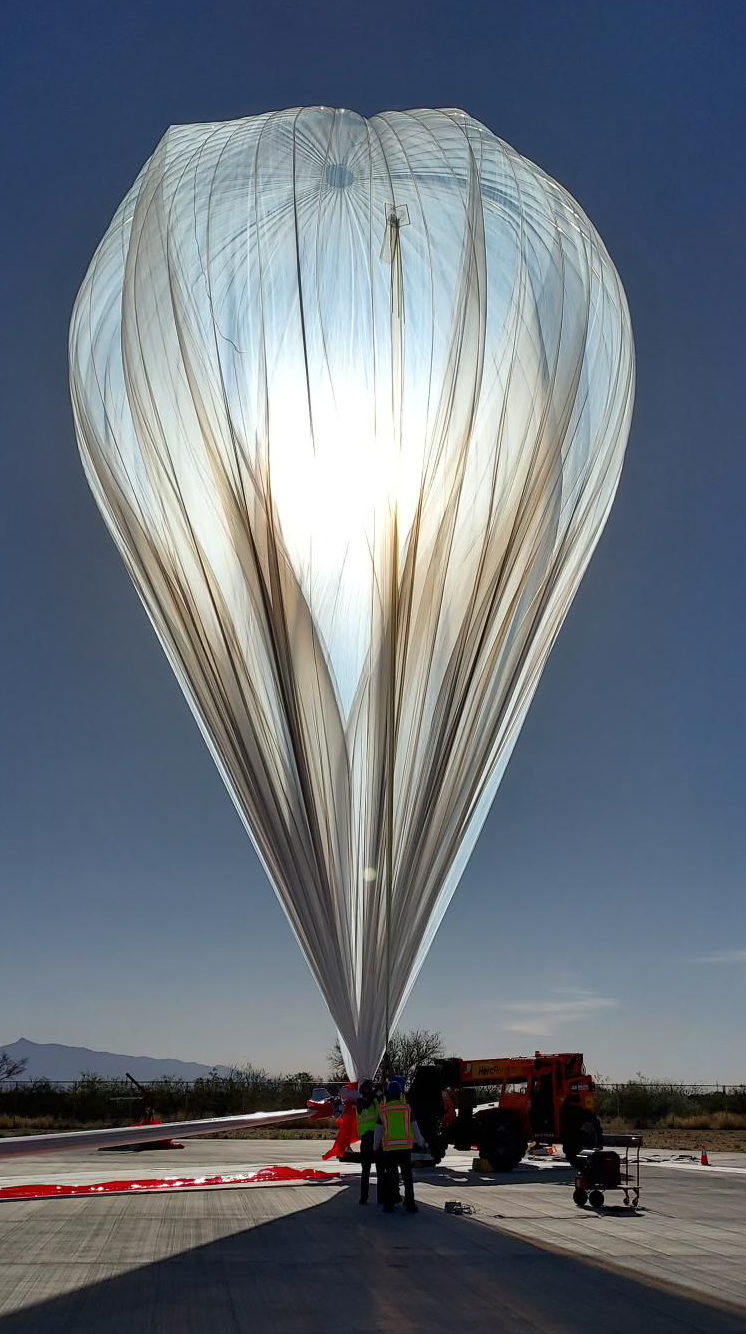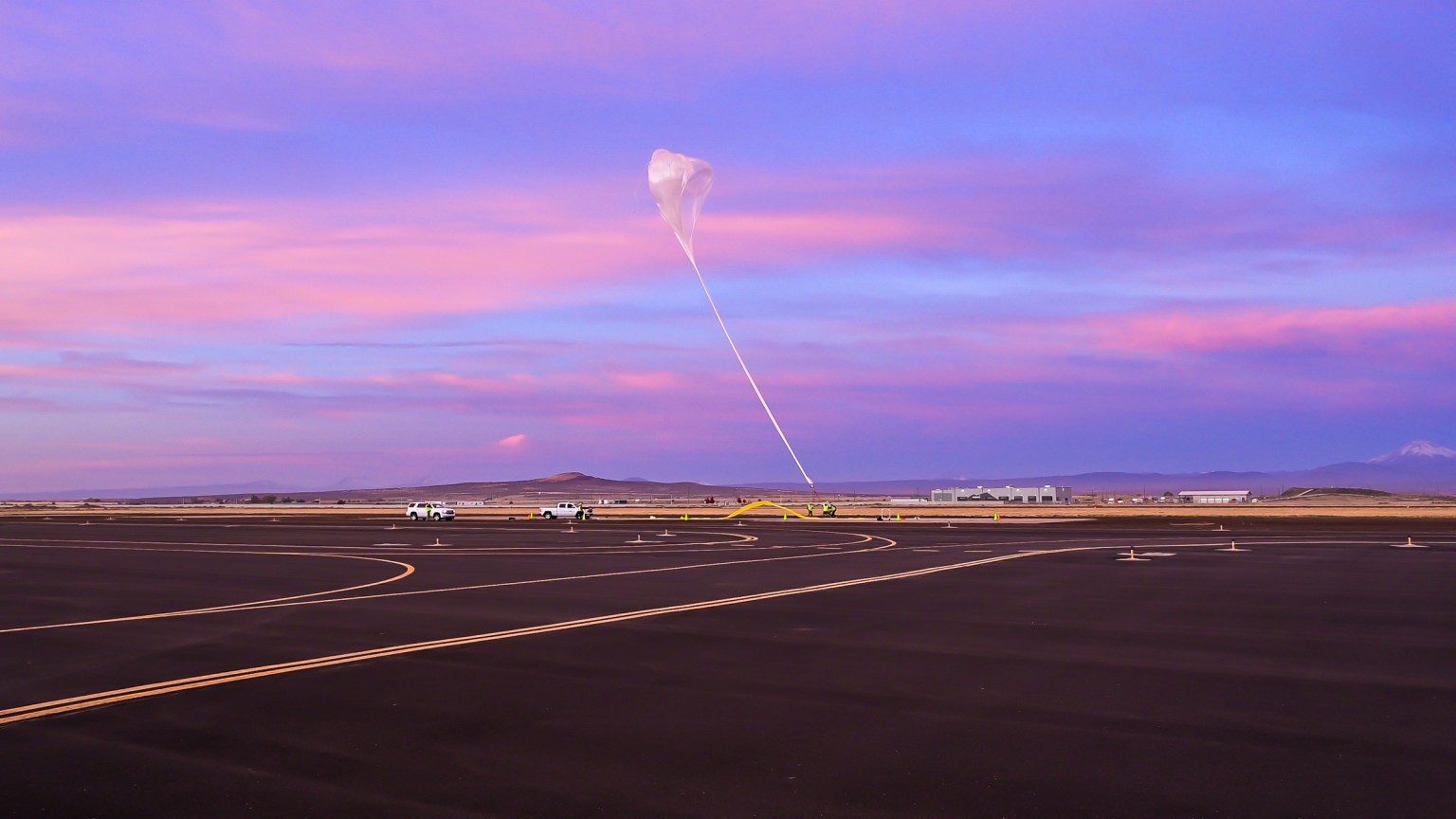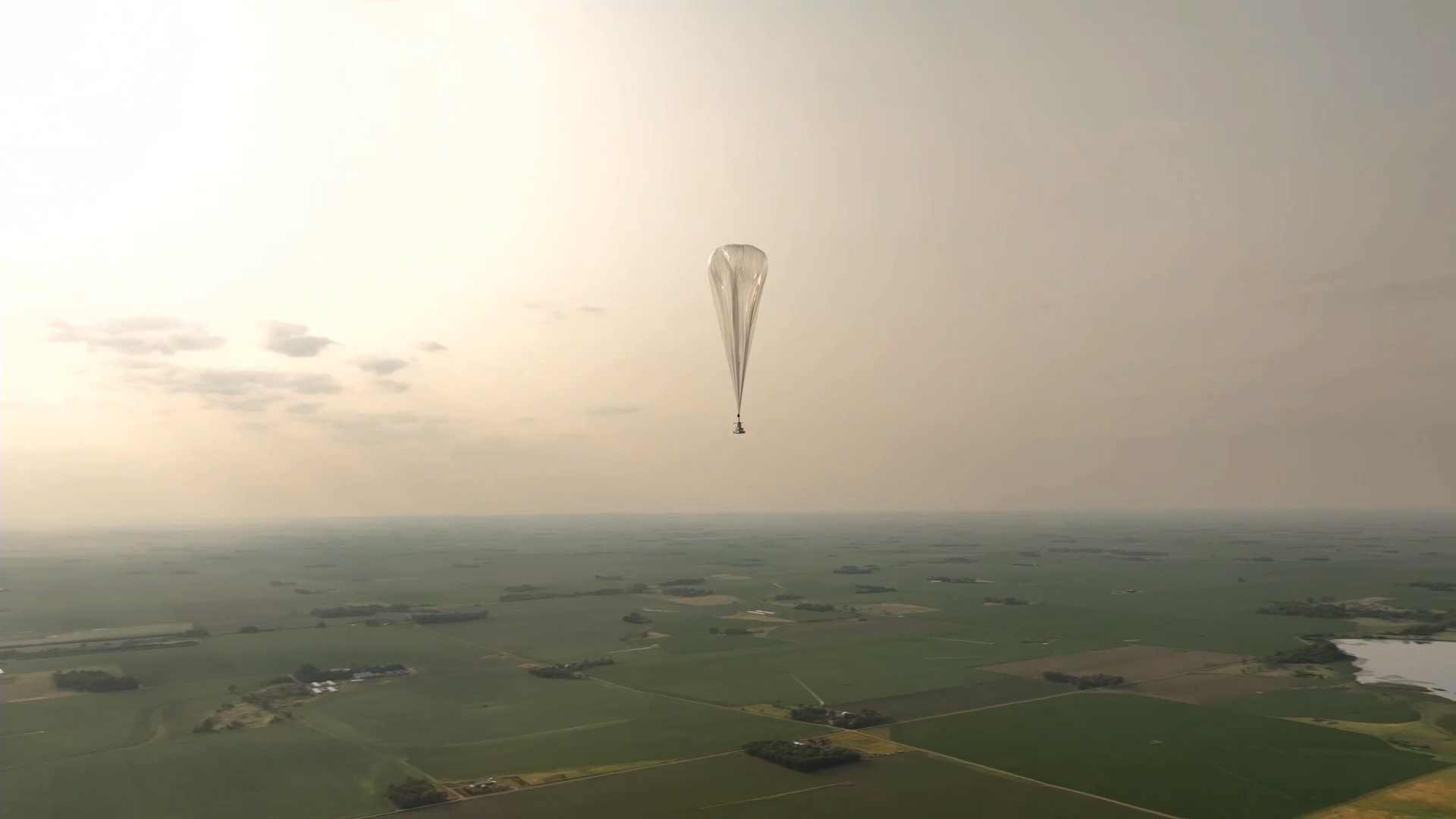
Led by NASA’s Flight Opportunities program and administered by Future Engineers, TechRise gives student teams a chance to design and build science and technology experiments for flight.
Students from 20 middle and high schools watched as their experiments launched aboard a high-altitude balloon on June 14 as part of NASA’s TechRise Student Challenge. The flight is part of a series of suborbital flight tests for TechRise that will continue through the summer.
Led by NASA’s Flight Opportunities program and administered by Future Engineers, TechRise gives student teams a chance to design and build science and technology experiments for flight.
“Flight test is a critical milestone along the path of technology development and scientific discovery, and is essential for tackling some of the most pressing challenges NASA faces,” said Danielle McCulloch, Program Manager for Flight Opportunities at Armstrong Flight Research Center in Edwards, California. “These student payloads address important questions about space and our home planet, and they represent months of skill-building, cooperation, challenges, and accomplishments.”
The high-altitude balloon from Sioux Falls-based Aerostar launched at 7:48 a.m. CDT from Hurley, South Dakota. Student projects flew for over five hours in the stratosphere at approximately 70,500 feet – almost twice as high as commercial planes fly – enabling them to collect data on a variety of space exploration and Earth observation experiments in areas such as remote sensing, climate, and human health. Student teams are now awaiting the return of their payloads to evaluate how their experiments performed in flight.
An experiment from Dickson Middle School in Tennessee examined the effect of solar radiation on synthetic skin samples and the efficacy of various types of sunblock. The team will analyze their data to consider how to prevent skin damage in the upper atmosphere.
Another TechRise experiment called AMONGUS (Atmospheric Measurement of Noxious Gases Using Sensors) also flew. Developed by Sewanhaka High School in Floral Park, New York, AMONGUS used sensors and image data to research the effect of greenhouse gases on climate change.
“To see the culmination of more than a year’s work by students, teachers, Future Engineers, and Flight Opportunities team members has truly been an amazing opportunity,” said Jack Chen, the Sewanhaka teacher leading the school’s TechRise team.
Flight Opportunities is managed at NASA’s Armstrong Flight Research Center in Edwards, California, and is part of NASA’s Space Technology Mission Directorate.
NASA intends to launch the next TechRise Student Challenge this fall. To learn more about TechRise and sign up for updates about future challenges, visit NASA TechRise Student Challenge.








